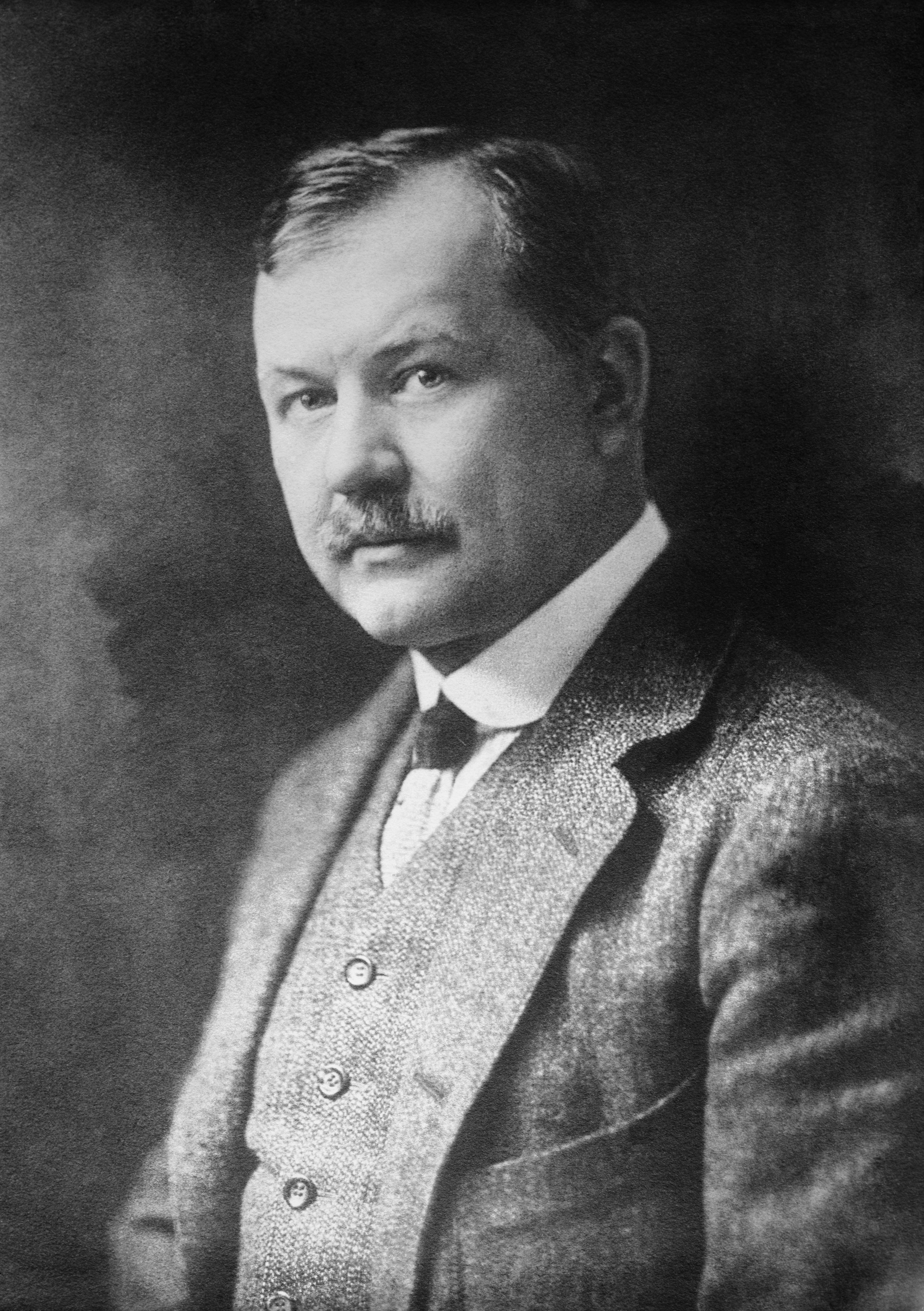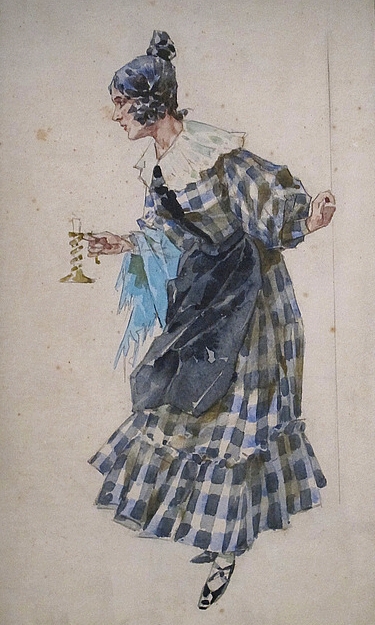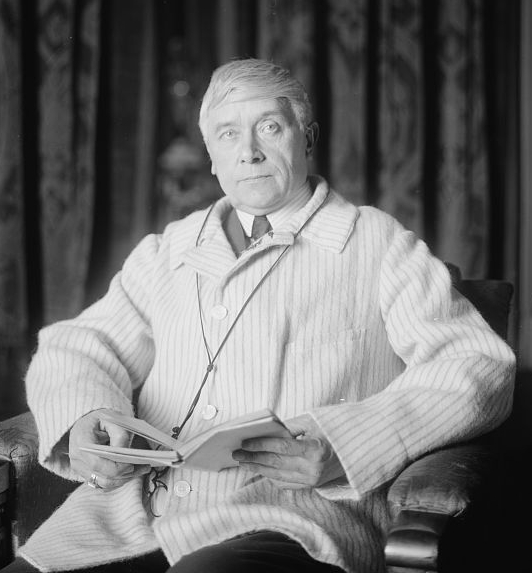|
Glenys Fowles
Glenys Rae Fowles AM (born 4 November 1941; some sources say 1946) is an Australian operatic soprano who sang with Opera Australia and its predecessors for many years. She also sang at Covent Garden, Glyndebourne, and for the New York City Opera, San Diego Opera, and Scottish Opera. She also appeared at the BBC Proms and with the New York Philharmonic. Her recording with Heather Begg of the "Flower Duet" from Delibes's ''Lakmé'' has become famous. Early life Fowles was born in Perth, Western Australia in 1941; she studied there with Lucy Howell. She appeared as Gretel in Engelbert Humperdinck's ''Hansel and Gretel'' in her school's production, at age 12. Her adult debut was as Micaela in ''Carmen'' for West Australian Opera. In 1967 she won the vocal section in the ABC Instrumental and Vocal Competition (now known as the ABC Symphony Australia Young Performers Awards). In 1968 she was the first Australian to win a cash prize in the finals of the New York Metropolitan Opera ... [...More Info...] [...Related Items...] OR: [Wikipedia] [Google] [Baidu] |
Member Of The Order Of Australia
The Order of Australia is an honour that recognises Australian citizens and other persons for outstanding achievement and service. It was established on 14 February 1975 by Elizabeth II, Queen of Australia, on the advice of the Australian Government. Before the establishment of the order, Australian citizens received British honours. The Monarch of Australia is sovereign head of the order, while the Governor-General of Australia is the principal companion/dame/knight (as relevant at the time) and chancellor of the order. The governor-general's official secretary, Paul Singer (appointed August 2018), is secretary of the order. Appointments are made by the governor-general on behalf of the Monarch of Australia, based on recommendations made by the Council of the Order of Australia. Recent knighthoods and damehoods were recommended to the governor-general by the Prime Minister of Australia. Levels of membership The order is divided into a general and a military division. ... [...More Info...] [...Related Items...] OR: [Wikipedia] [Google] [Baidu] |
West Australian Opera
West Australian Opera (WAO) is the principal opera company of Western Australia and is a resident company at His Majesty's Theatre, Perth. The company formed in 1967 and works in close association with the West Australian Symphony Orchestra. It presents three main stage productions each year as well as the annual free event, City of Perth's Opera in the Park. The company draws from the principal canon of operatic repertoire and increasingly is involved in the commissioning and development of new operas. It has a strong education program and is involved with many concerts and community events in metropolitan and regional Western Australia. In July 2012 Joseph Colaneri was appointed Artistic Director and succeeded Richard Mills, who had previously held the post since 1997. The current chairman is Terry Bowen and the principal partner of the company is Wesfarmers Arts. History The company was founded in 1967 by James Penberthy and Giuseppe Bertinazzo. In 1997 Richard Mills was app ... [...More Info...] [...Related Items...] OR: [Wikipedia] [Google] [Baidu] |
The Merry Widow
''The Merry Widow'' (german: Die lustige Witwe, links=no ) is an operetta by the Austro-Hungarian composer Franz Lehár. The librettists, Viktor Léon and Leo Stein, based the story – concerning a rich widow, and her countrymen's attempt to keep her money in the principality by finding her the right husband – on an 1861 comedy play, (''The Embassy Attaché'') by Henri Meilhac. The operetta has enjoyed extraordinary international success since its 1905 premiere in Vienna and continues to be frequently revived and recorded. Film and other adaptations have also been made. Well-known music from the score includes the " Vilja Song", "" ("You'll Find Me at Maxim's"), and the "Merry Widow Waltz". Background In 1861, Henri Meilhac premiered a comic play in Paris, (''The Embassy Attaché''), in which the Parisian ambassador of a poor German grand duchy, Baron Scharpf, schemes to arrange a marriage between his country's richest widow (a French woman) and a Count to keep her mon ... [...More Info...] [...Related Items...] OR: [Wikipedia] [Google] [Baidu] |
Jani Strasser
{{disambiguation, surname ...
Jani may refer to: * Jani (given name), a male name in Finland, Hungary; a female name in South Africa * Réka Luca Jani, a Hungarian female tennis player * Jani (letter), a Georgian letter * Jani, Iran, a village in Sistan and Baluchestan Province, Iran * Jāņi, a Latvian festival * Jani-King, a cleaning service company * ''Jani'' (film), a 2017 Kannada film See also *Janni (other) *Janis (other) Janis may refer to: As a first name *Janis Amatuzio (born 1950), American forensic pathologist *Janis Antonovics (born 1942), Latvian-British-American biologist *Janis Babson (1950–1961), Canadian child, organ donation *Janis Carter (1913–19 ... [...More Info...] [...Related Items...] OR: [Wikipedia] [Google] [Baidu] |
La Bohème
''La bohème'' (; ) is an opera in four acts,Puccini called the divisions ''quadri'', ''tableaux'' or "images", rather than ''atti'' (acts). composed by Giacomo Puccini between 1893 and 1895 to an Italian libretto by Luigi Illica and Giuseppe Giacosa, based on ''Scènes de la vie de bohème'' (1851) by Henri Murger. The story is set in Paris around 1830 and shows the Bohemian lifestyle (known in French as "") of a poor seamstress and her artist friends. The world premiere of ''La bohème'' was in Turin on 1 February 1896 at the Teatro Regio, conducted by the 28-year-old Arturo Toscanini. Since then, ''La bohème'' has become part of the standard Italian opera repertory and is one of the most frequently performed operas worldwide. In 1946, fifty years after the opera's premiere, Toscanini conducted a commemorative performance of it on radio with the NBC Symphony Orchestra. A recording of the performance was later released by RCA Victor on vinyl record, tape and compact disc. ... [...More Info...] [...Related Items...] OR: [Wikipedia] [Google] [Baidu] |
Pelléas Et Mélisande (opera)
''Pelléas et Mélisande'' (''Pelléas and Mélisande'') is an opera in five acts with music by Claude Debussy. The French libretto was adapted from Maurice Maeterlinck's symbolist play of the same name. It premiered at the Salle Favart in Paris by the Opéra-Comique on 30 April 1902; Jean Périer was Pelléas and Mary Garden was Mélisande, conducted by André Messager, who was instrumental in getting the Opéra-Comique to stage the work. The only opera Debussy ever completed, it is considered a landmark in 20th-century music. The plot concerns a love triangle. Prince Golaud finds Mélisande, a mysterious young woman, lost in a forest. He marries her and brings her back to the castle of his grandfather, King Arkel of Allemonde. Here Mélisande becomes increasingly attached to Golaud's younger half-brother Pelléas, arousing Golaud's jealousy. Golaud goes to excessive lengths to find out the truth about Pelléas and Mélisande's relationship, even forcing his own child, Yniold ... [...More Info...] [...Related Items...] OR: [Wikipedia] [Google] [Baidu] |
L'incoronazione Di Poppea
''L'incoronazione di Poppea'' ( SV 308, ''The Coronation of Poppaea'') is an Italian opera by Claudio Monteverdi. It was Monteverdi's last opera, with a libretto by Giovanni Francesco Busenello, and was first performed at the Teatro Santi Giovanni e Paolo in Venice during the 1643 carnival season. One of the first operas to use historical events and people, it describes how Poppaea, mistress of the Roman emperor Nero, is able to achieve her ambition and be crowned empress. The opera was revived in Naples in 1651, but was then neglected until the rediscovery of the score in 1888, after which it became the subject of scholarly attention in the late 19th and early 20th centuries. Since the 1960s, the opera has been performed and recorded many times. The original manuscript of the score does not exist; two surviving copies from the 1650s show significant differences from each other, and each differs to some extent from the libretto. How much of the music is actually Monteverdi's, and ... [...More Info...] [...Related Items...] OR: [Wikipedia] [Google] [Baidu] |
Christopher Keene
Christopher Keene (December 21, 1946 – October 8, 1995) was an American conductor. Early life and education Keene was born in 1946 in Berkeley, California, the son of Yvonne (née Cyr) and Jim Keene. His mother was of Acadian, German, and Scottish descent. His parents divorced in 1953 and his mother remarried to Jim San Jule in 1954 until their divorce in 1970.Smith, p. 6 He has three siblings: Philip Keene (born 1941), Elodie Keene (born 1949), and Tamsen (née San Jule) Calhoon (born 1956). His mother remarried to biochemist Daniel E. Koshland Jr. in 2000, of the Haas family, the owners of Levi Strauss & Co. Keene studied the piano and cello in his youth. A highly self motivated student, he organized neighborhood productions of plays and operas while growing up and directed ensembles at his high school while a student. At the University of California, Berkeley he earned a degree in history instead of music; reasoning that he didn't want to waste his time re-learning skills ... [...More Info...] [...Related Items...] OR: [Wikipedia] [Google] [Baidu] |
Eugene Onegin (opera)
''Eugene Onegin'' ( rus, Евгений Онегин, italic=yes, Yevgény Onégin, jɪvˈɡʲenʲɪj ɐˈnʲeɡʲɪn, Ru-Evgeny_Onegin.ogg), Opus number, Op. 24, is an opera ("lyrical scenes") in 3 acts (7 scenes), composed by Pyotr Ilyich Tchaikovsky. The libretto, organised by the composer himself, very closely follows certain passages in Alexander Pushkin's 1825-1832 Eugene Onegin, novel in verse, retaining much of his poetry. Tchaikovsky's friend Konstantin Shilovsky contributed M. Triquet's verses in Act 2, Scene 1, while Tchaikovsky himself arranged the text for Lensky's arioso in Act 1, Scene 1, and almost all of Prince Gremin's aria in Act 3, Scene 1. ''Eugene Onegin'' is a well-known example of lyric opera, to which Tchaikovsky added music of a dramatic nature. The story concerns a selfish hero who lives to regret his blasé rejection of a young woman's love and his careless incitement of a fatal duel with his best friend. The opera was first performed in Moscow in 1879. ... [...More Info...] [...Related Items...] OR: [Wikipedia] [Google] [Baidu] |
Der Rosenkavalier
(''The Knight of the Rose'' or ''The Rose-Bearer''), Op. 59, is a comic opera in three acts by Richard Strauss to an original German libretto by Hugo von Hofmannsthal. It is loosely adapted from the novel ''Les amours du chevalier de Faublas'' by Louvet de Couvrai and Molière's comedy ''Monsieur de Pourceaugnac''. It was first performed at the Königliches Opernhaus in Dresden on 26 January 1911 under the direction of Max Reinhardt, Ernst von Schuch conducting. Until the premiere, the working title was ''Ochs auf Lerchenau''. (The choice of the name Ochs is not accidental, for in German "Ochs" means "ox", which describes the character of the Baron throughout the opera.) The opera has four main characters: the aristocratic Marschallin; her very young lover, Count Octavian Rofrano; her brutish cousin Baron Ochs; and Ochs' prospective fiancée, Sophie von Faninal, the daughter of a rich bourgeois. At the Marschallin's suggestion, Octavian acts as Ochs' ''Rosenkavalier'' by pre ... [...More Info...] [...Related Items...] OR: [Wikipedia] [Google] [Baidu] |
Idomeneo
' (Italian for ''Idomeneus, King of Crete, or, Ilia and Idamante''; usually referred to simply as ''Idomeneo'', K. 366) is an Italian language opera seria by Wolfgang Amadeus Mozart. The libretto was adapted by Giambattista Varesco from a French text by Antoine Danchet, based on a 1705 play by Crébillion père, which had been set to music by André Campra as ''Idoménée'' in 1712. Mozart and Varesco were commissioned in 1780 by Karl Theodor, Elector of Bavaria for a court carnival. He probably chose the subject, though it may have been Mozart. The work premiered on 29 January 1781 at the Cuvilliés Theatre in Munich, Germany. Composition The libretto clearly draws inspiration from Metastasio in its overall layout, the type of character development, and the highly poetic language used in the various numbers and the ''secco'' and ''stromentato'' recitatives. The style of the choruses, marches, and ballets is very French, and the shipwreck scene towards the end of act I is alm ... [...More Info...] [...Related Items...] OR: [Wikipedia] [Google] [Baidu] |
Un Ballo In Maschera
''Un ballo in maschera'' ''(A Masked Ball)'' is an 1859 opera in three acts by Giuseppe Verdi. The text, by Antonio Somma, was based on Eugène Scribe's libretto for Daniel Auber's 1833 five act opera, '' Gustave III, ou Le bal masqué''. The plot concerns the assassination in 1792 of King Gustav III of Sweden who was shot, as the result of a political conspiracy, while attending a masked ball, dying of his wounds thirteen days later. It was to take over two years between the commission from Naples, planned for a production there, and its premiere performance at the Teatro Apollo in Rome on 17 February 1859. In becoming the ''Un ballo in maschera'' which we know today, Verdi's opera (and his libretto) underwent a significant series of transformations and title changes, caused by a combination of censorship regulations in both Naples and Rome, as well as by the political situation in France in January 1858. Based on the Scribe libretto and begun as ''Gustavo III'' set in Stockho ... [...More Info...] [...Related Items...] OR: [Wikipedia] [Google] [Baidu] |







